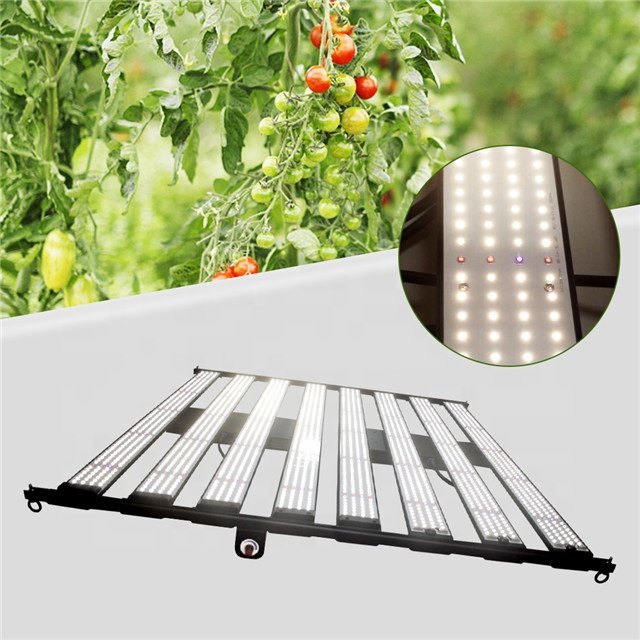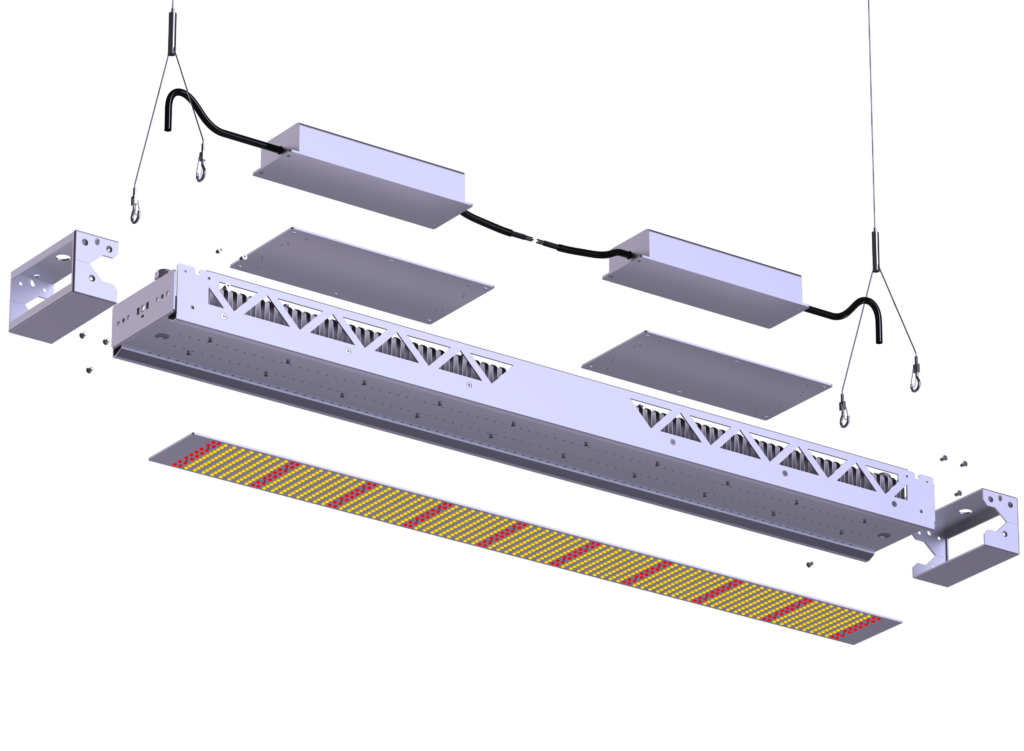At the present, there are all kinds of Led lights on the market. It has different shapes, sizes, and functions, but they all have a common purpose. It is to improve people’s quality of life and facilitate our lives. Let us enjoy life in our busy work and relish the visual experience brought to us by light.
With the development of science and technology, our plants can no longer grow only by sunlight. Can you believe that LED can still help plants grow? It can not only serve as human beings but also make things around us more beautiful. Our plants can also produce goodliness flowers in places where there is no light, so on our home balcony, all kinds of plants in gardens and botanical gardens have got a new growing environment and brought different colors to our lives. Every day can look at the plants full of flowers this day’s mood should be very beneficial. It can not only make us feel happy but also make the living environment around us more beautiful. Let me talk about this powerful LED lamp in detail:

First of all, an LED plant growth lamp is using semiconductor lighting principle, specializing in flowers and vegetables, and other plant production combined with the high-precision technology of a plant growth auxiliary lamp, ordinary indoor plant blossoms, will grow worse and worse with time, the main reason is the lack of light exposure, through suitable for plant spectrum LED lamp irradiation, not only can promote its growth, but also can prolong flowering period, improve flower quality. Further application of this high-efficient light source system in the agricultural production of a greenhouse, greenhouse, and other facilities, on the one hand, can solve the disadvantage of tomato, cucumber, and other greenhouse vegetables’ taste decline caused by lack of sunlight, on the other hand, can advance the winter greenhouse solanum vegetables around the Spring Festival, to achieve the purpose of anti-season cultivation.
The effects of different wavelengths of light on plant photosynthesis are dissimilar. The wavelengths of light needed for plant photosynthesis are about 400 ~ 720nm. 400 ~ 520nm (blue) light and 610 ~ 720nm (red) make the first-class contribution to photosynthesis. 520 ~ 610nm (green) light, the rate of absorption by plant pigment is very flat.
According to the above principles, plant lamps are made into three forms: red and blue, all blue and all red, to provide red and blue wavelengths of light, covering the wavelength range required for photosynthesis. In the visual effect, the red and blue combination of plant lights shows pink. When supplying light to plants with LED plant light, the power is generally lower than that of 50wLED plant light. For different plants, the height from the main leaf surface of the plant is 0.2m ~ 0.8m, and the power is higher than that of the 50wLED plant light lamp. For different plants, the height from the main leaf surface of the plant is 0.5m ~ 1.5m. However, LED plant growth lamp also has shortcomings. The spectrum of LED plant light is limited to the visible part, mainly a combination of red and blue light. The performance of the pink lamp, and color rendering is very flat. It is not conducive to protecting LED plant light, and the effect of vision protection, especially in the pink light environment for a long time, easy to make people dizzy, retch, and image decline.
In the spectrum of LED plant supplementary lamps, there is almost no ultraviolet light, but ultraviolet light plays a role in improving the freshness of flowers. The reason why the flowers in the plateau are especially bright is because of the rich ultraviolet radiation. In addition, ultraviolet light can promote sugar synthesis and increase the sugar content of particular berry plants.

It is also very particular about its use, so let me share some suggestions for you:
Step 1:
Adjust the height of the light hanging above the plant. Early-stage plant growth-place the lamp on top of the plant at about 300mm. Therefore, it ensures the minimum inter-node length and provides an inter-node extent. Vegetative period-now increases the distance between light and plants, perhaps between 300 and 600 mm. Plants with many leaves need to reduce the lamp. So they can reach the lower branches of these plants. In addition, if your factory needs a high lighting level, keep the LED above 300 mm; if we need a lower lighting level, keep the LED above 600 mm. Flowering, and sprouting stage here, you can also maintain a height of 300-600 mm from the crown. But 400 mm is the beneficial height above the canopy.
Step 2:
The watering method needs to change. If you are starting to use LED, watering may cause some problems. The watering guide is mainly based on HPS lighting. In the process, evaporation occurs. That’s why it needs watering. However, when it comes to LED planting lights, watering or feeding is not a problem. Therefore, watering may be dangerous to plants.
Step 3:
Then you need to feed the plants. But that’s not what you want. In the presence of LED growth lights, there are feeding norms. You need to provide 30% HPS lighting for plants. When your plant grows under LED light, add Cal-Mag. In a hydroponic system, evaporation reduces, so you have to provide less nutrition.
Step 4:
In winter, you need to provide more heat in the room. This will promote the growth of plants. The heat in the growth area is much lower than that illuminated by HPS. Therefore, this may cause some problems in winter, so if you use LED plant growth lights, you should pay attention to plants.
These are my suggestions for plant lights. If you want to know more about lighting-related consultation, please feel free to consult: www. enetcl.com. At the same time, we also hope you can give us valuable advice or suggestions. Thank you!



